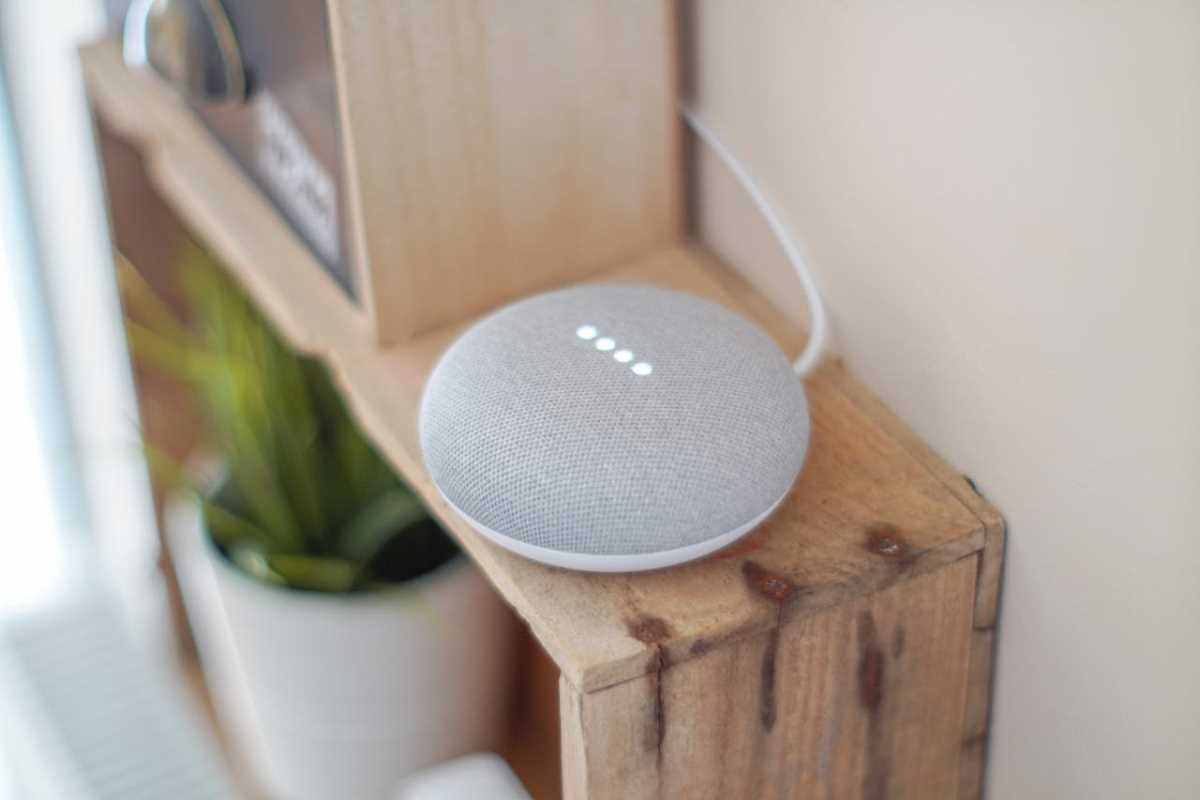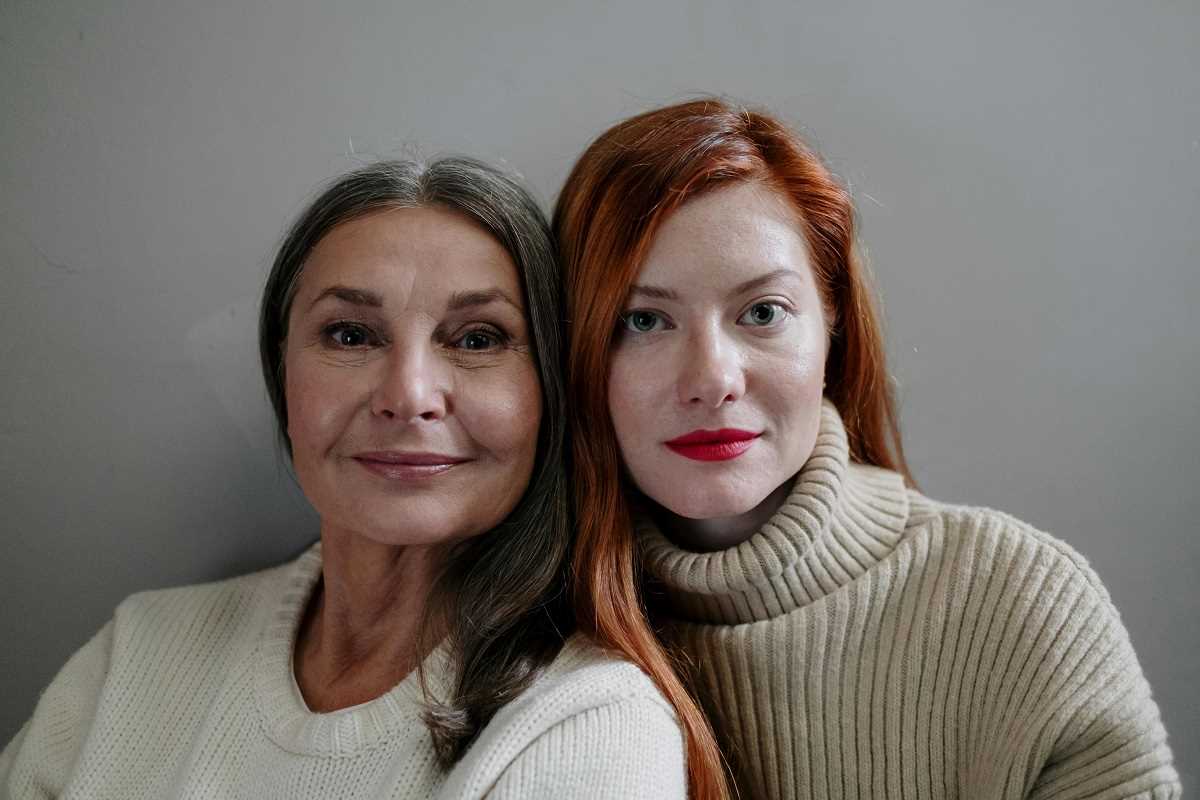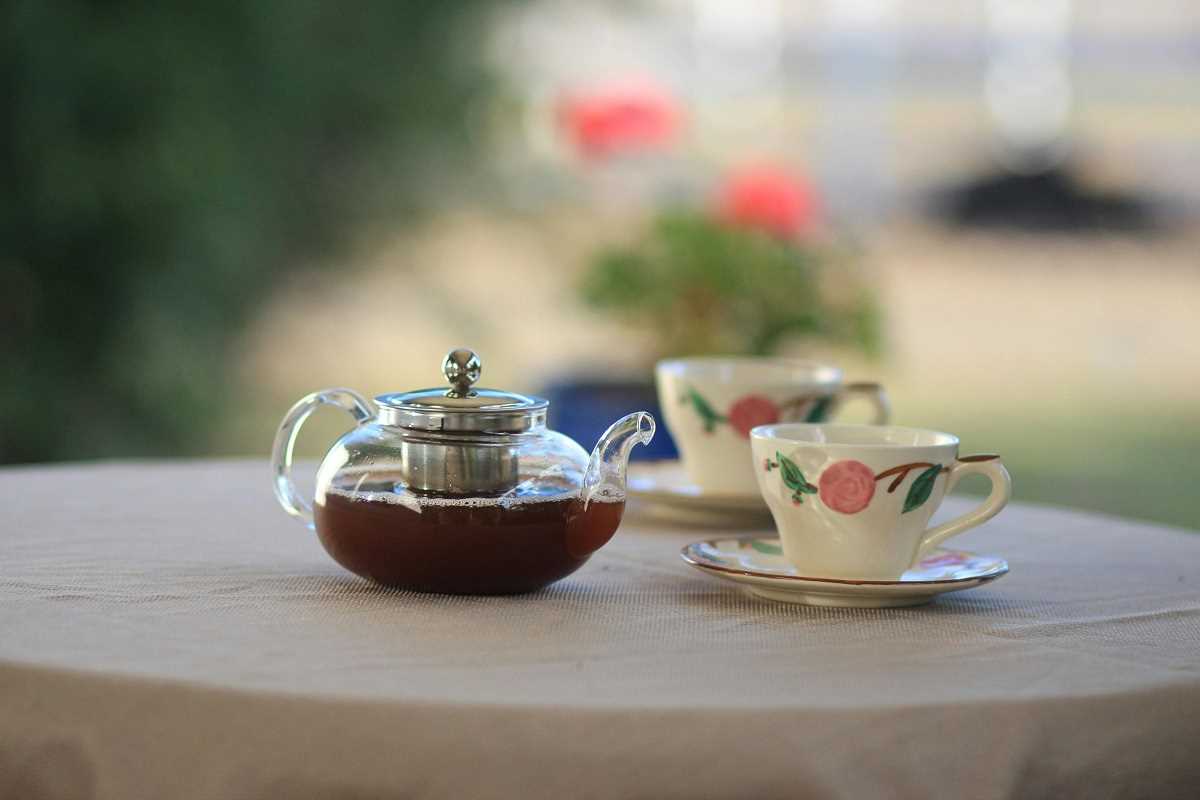Imagine waking up in a clutter-free home, surrounded only by the things you truly need and love. Minimalist living isn’t about empty spaces or sacrificing comfort—it’s about prioritizing what matters most. By decluttering your life (both physically and mentally), minimalism can help you find joy in simplicity, save time and money, and boost overall well-being. This lifestyle movement has gained momentum for its practical benefits, but starting can feel overwhelming. Where do you begin? And how can it truly make a difference?
This guide will walk you through the key benefits of minimalist living and provide easy steps to get started. With just a few changes, you can transform your space, focus, and even perspective on life.
The Life-Changing Benefits of Minimalism
Adopting a minimalist lifestyle isn’t just about tossing out old knick-knacks. It’s a mindset shift that can transform nearly every aspect of your life. Here are some of the standout benefits of minimalist living.
1. Less Stress and More Peace of Mind
Imagine coming home each day to a tidy, organized space. Studies suggest that living in a cluttered environment can increase cortisol (stress hormone) levels. Minimalism creates calm by reducing visual distractions, making room for more peaceful moments.
2. Greater Focus and Productivity
A decluttered workspace or living area can help you stay focused on tasks that truly matter. By removing unnecessary items and commitments from your life, you’ll have more energy for meaningful pursuits, hobbies, or work projects.
3. Financial Freedom
Minimalist living encourages intentional spending. Instead of buying into trends or daily impulse purchases, you focus on what adds real value to your life. This approach often leads to significant savings, better money management, and reduced financial stress.
4. Improved Relationships
Minimalism can also extend to your social life. By paring down commitments or activities, you create more time to build deeper relationships with loved ones. Instead of spreading yourself thin, minimalism lets you concentrate on the connections that matter most.
5. Environmental Impact
Living simply doesn’t just benefit you—it’s good for the planet too. Minimalists consume less, which means fewer resources are used and less waste is created. Adopting this lifestyle can align with sustainable values, like reducing plastic consumption and shopping locally sourced goods.
6. Enhanced Happiness and Gratitude
Having less doesn’t mean happiness takes a hit. In fact, many minimalists report feeling more satisfied by focusing on intangible experiences like travel, time with loved ones, and self-care. Clearing out things that don’t add joy leaves more room to appreciate what you already have.
How to Start Living Minimally
Feeling inspired but unsure where to begin? Starting a minimalist lifestyle isn’t about making drastic changes overnight. Take small, intentional steps to build habits that stick. Here’s a practical guide to ease into minimalism.
1. Start With One Area
Decluttering your entire home in a day sounds daunting—and for good reason. Pick one manageable area to get started. For example, tackle your wardrobe by removing clothes you no longer wear. Or begin with a single drawer that’s overflowing with miscellaneous items.
Pro Tip: Use the “Keep, Donate, Toss” method. Ask yourself whether each item serves a specific purpose or brings joy.
2. Set Clear Goals
Take a moment to think about what you hope to achieve by simplifying your life. Are you looking to cut back on spending? Free up time for hobbies? Improve your mental clarity? Having a clear purpose keeps you motivated as you move forward.
3. Adopt the One-In-One-Out Rule
Every time you bring a new item into your space, remove one existing item. This simple rule prevents clutter from creeping back into your life. Think of it as ongoing maintenance once you’ve completed your initial decluttering process.
4. Digitize When Possible
Physical clutter often includes piles of papers, notebooks, or DVDs. Consider scanning important documents and storing them digitally, organizing your favorite photos into online albums, or switching from physical books to eBooks. These changes save both space and resources.
5. Organize by Categories, Not Rooms
Instead of decluttering room by room, try focusing on categories of items. Marie Kondo, a popular tidying advocate, suggests grouping similar items together to streamline decision-making. For example, gather all the books from around your home instead of only tackling one bookshelf.
6. Shop Mindfully
Minimalism isn’t just about reducing—it’s about making more intentional choices moving forward. Before making any new purchase, ask yourself if the item is genuinely needed or simply fulfilling a short-term desire.
Ask Yourself:
- Will I use this regularly?
- Does this improve my life or align with my values?
- Do I already own something that serves the same purpose?
7. Focus on Experiences, Not Things
Instead of gifting or buying physical items, focus on creating memories through experiences. Plan outings with friends or invest in learning a new skill instead of cluttering your space with impulse purchases.
8. Create a “Clutter-Free Zone”
Designate a space in your home that stays clutter-free no matter what. This could be your bedroom, dining table, or living room. Seeing one clean, peaceful area daily motivates you to extend the practice elsewhere.
Common Myths About Minimalism
Minimalism often comes with misconceptions, so it’s important to clarify what it isn’t.
- It’s not about owning nothing. Minimalism is about intentional ownership, not deprivation.
- It doesn’t have to look a certain way. Minimalist homes don’t all have white walls and sparse furniture. The focus is on function, not aesthetic.
- It’s not just for singles. Families, couples, and even students can adapt minimalism to suit their circumstances.
Tips to Stay Consistent
Minimalism is more of a lifestyle than a one-time project. To sustain your progress, practice ongoing habits like periodic decluttering sessions or setting monthly “no-shopping” challenges. Keeping a journal of your minimalist benefits can also remind you why you started.





.jpg)

